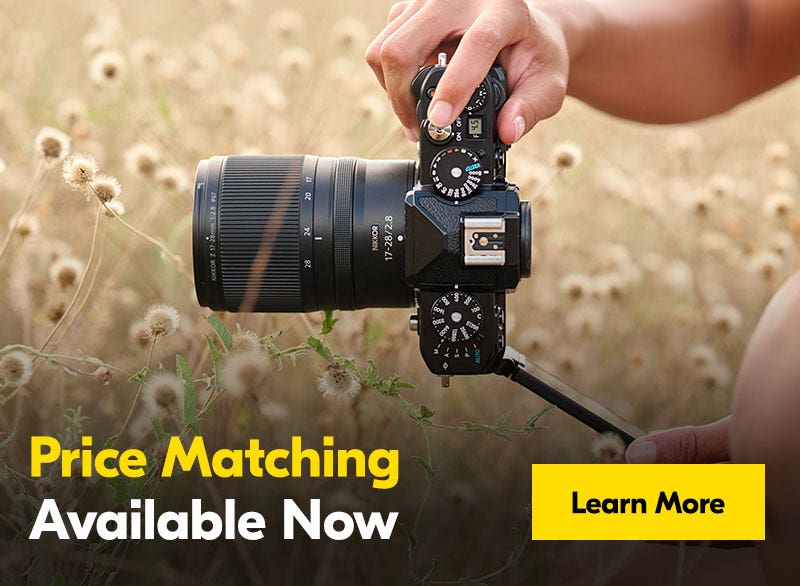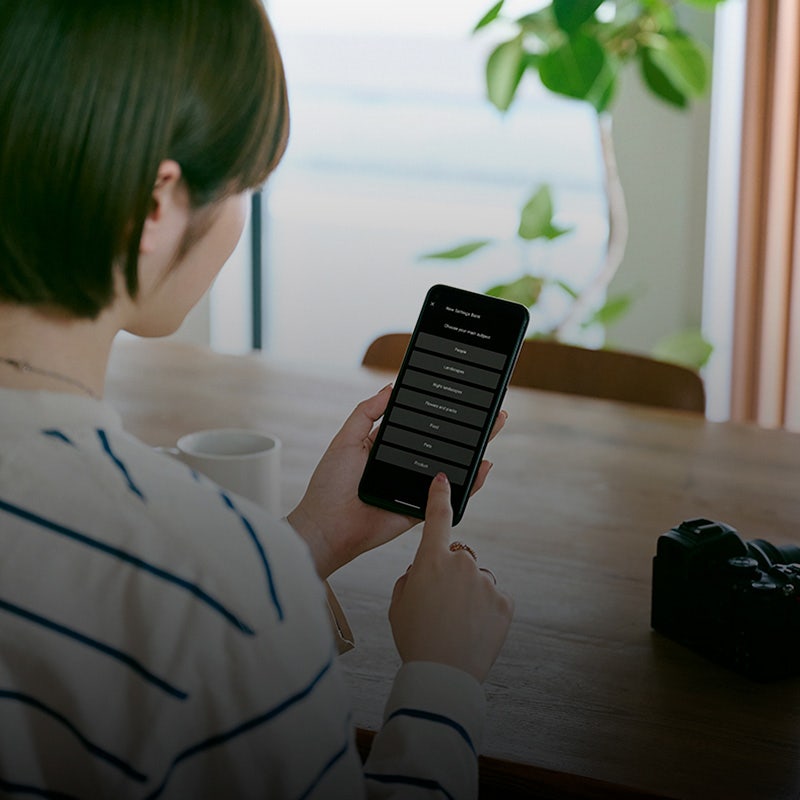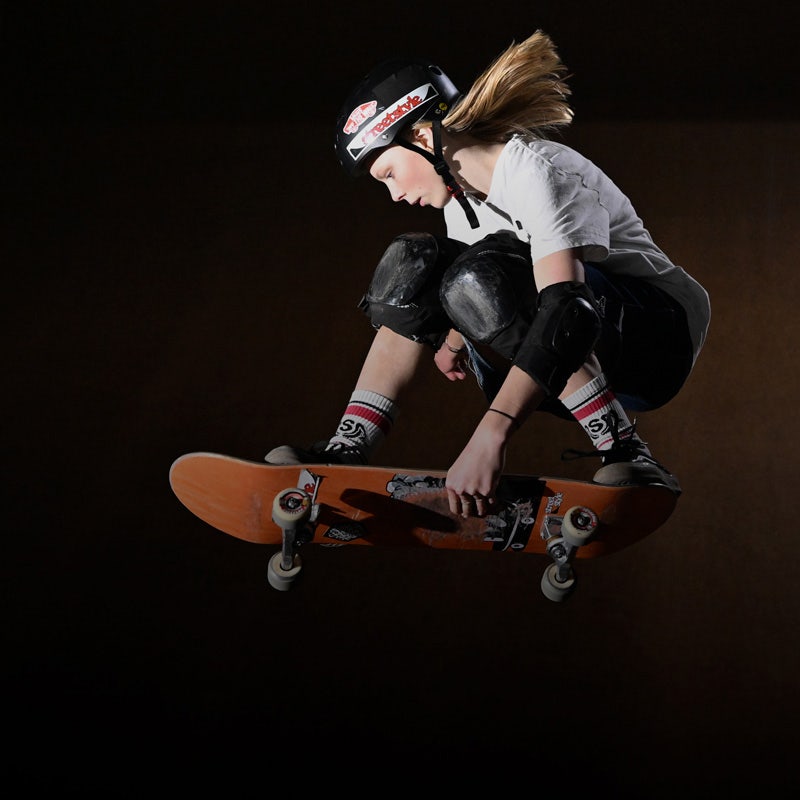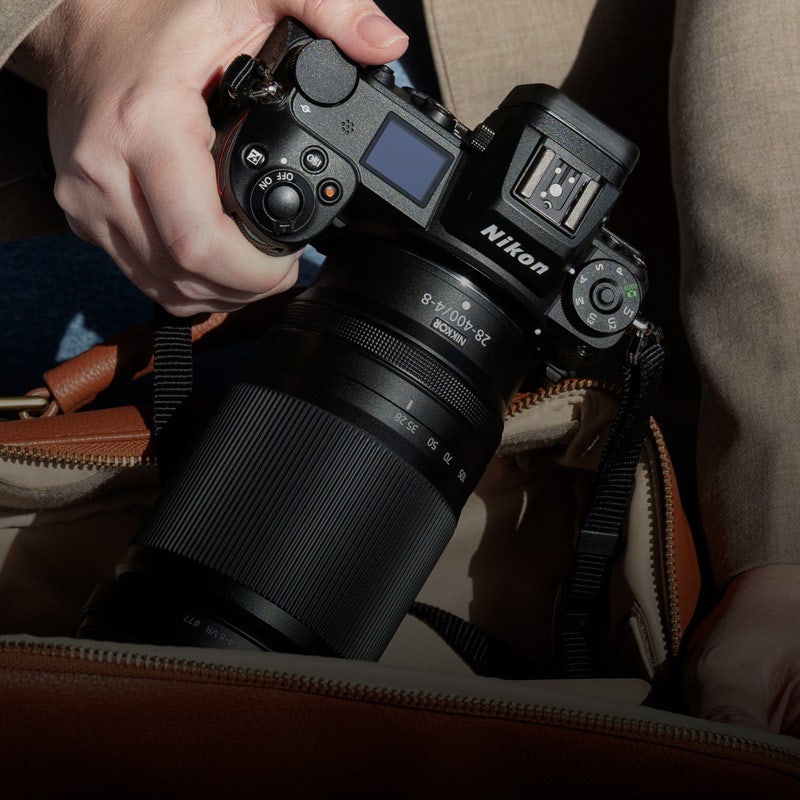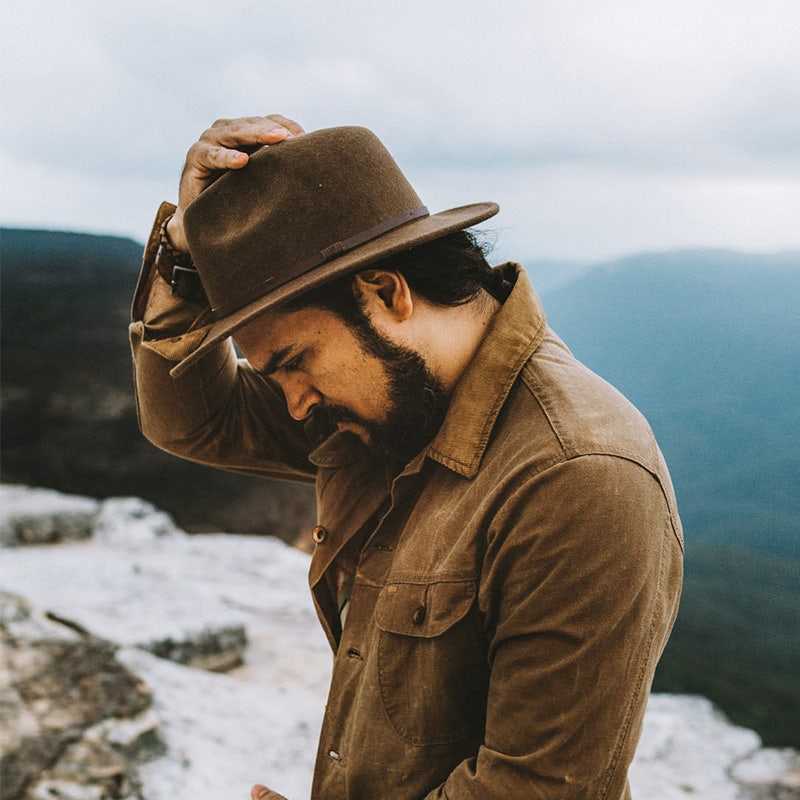While you're hitting the snooze button, this Jervis Bay-based photographer is clicking a different kind of button, except waist deep in the curling ocean.


Darting between the NSW South Coast, Bali and greater Indonesia, Jordan Godley has made a name for himself as one of Australia’s most pure surf and ocean photographers. His work has been featured in surfing magazines, featured in print advertisements and highlighted in the limited-edition ocean photography book Stories for the Seas.
Stereotypes would suggest that a surf photographer would be chill, which Jordan most definitely is, but not in that forced, over-the-top, catchphrase-spewing fashion a la a young Keanu Reeves. Perhaps it’s due to the fact that he’s spent a fair chunk of his adult life making a living as an accountant, or perhaps some of that seaside serenity has crept into his personality. Either way, our conversation was like calm water – far calmer than the water he photographs on an early morning’s basis.
We sat down to find out more about what floats this man’s creative boat.
Let’s get to the most important question first, favourite surfing movie?
[Chuckles] Favourite surfing movie? [thinks] I’m not sure I do. Maybe Point Break (1991), if that even counts.
Okay, so now let’s get started for real. How did you get started in/what ignited your passion about photography?
I guess it started when I was around 16 or 17. I grew up in Western Sydney, out in Penrith. I did a lot of surfing road trips down the coast with mates. I used to take those disposable, underwater cameras with me, so I was always taking photos and rushing back to get them developed.
From then, we did a few trips to Indonesia and I took my video camera. I actually also had an old Nikon F55 35mm SLR at the time, so I took some film photos. I guess, from there, I just got more and more into it.
So, you were into surfing before photography?
Yeah, yeah. When I was really young, my mum had a friend who used to send me surfing magazines, so it was kind of weird growing up in Western Sydney and getting stuck into surfing at the same time.
I lived in Penrith until I was about 23, and moved down to the South Coast. That’s when I got myself a proper DSLR, and a housing so I could take it underwater. From then on (I think it was about 2006-07), I started shooting proper photos in the water.
Do you remember the moment —whether while shooting on disposables with your mates, or on your new DSLR on the South Coast— where you thought to yourself “I want to do this, maybe even as a career”?
I never really thought of it as a career. I just enjoyed doing it. I like shooting around and just before sunrise, so I could always fit it around work. A few years ago, when I moved to Indonesia, I wanted to pursue it as a career, as I had my 10-year long-service leave and could get away with not having to stress too much about making money. So, I thought that was a good chance for me to spend some time making a career out of it.
When you say long-service leave... long-service leave from what? What were you doing, or are you still doing?
Accounting.
And you’re still an accountant by day?
Well, yeah, because of COVID we moved back to Australia and I was lucky enough that my old boss gave me a few days a week accounting so for the rest of the week I could focus on photography.
Can you tell us a bit about your journey from getting your first DSLR to now that you’re established?
I mean, firstly, moving down to the NSW South Coast I was exposed to better waves; much better photographic opportunities. A few of the guys I met down here through playing sport, they were shooting photos for magazines and kind of became mentor figures. I progressed, thanks to them, pretty quickly. I also spent a lot of time on online forums.
I think at the time, I could only afford one lens. So, I was shooting with one camera with one lens and you are kind of forced to get creative with the ways you’re taking photos.
I was just heaps keen. Everyone that’s from down here gets kinda over chasing early morning surf and I think because I was from Western Sydney... I was in the water, every morning, before sunrise. And so, I started to get a few pictures published.
Things just gradually snowball – you get better and better and at the same time you get to know more people.
When you say you were in the water every morning, was the motivation behind that routine to take photos, or to go and have a surf, or both?
To take photos. A lot of people I know that do both seem to have an issue with “should I surf and then take photos or vice versa”, but I just always want to get good photos. I basically only have an hour’s window to shoot before I have to run to get to work.
What attracts you to the ocean and the water and has it always been that way since you were a kid, despite living in Penrith?
I was a big swimmer as a kid in Penrith, and we had family friends with a holiday house not far from where I am now on the South Coast. Every holiday was at the beach. At other times, I’d always be taking the train to Cronulla, or train and ferry to Manly. It was a bit of a mission back in the day but I’ve always been pretty keen to get to the beach.
What’s the difference between shooting something as unpredictable as water and waves and surf, and shooting a static subject? What sort of specific skills do you need to develop for the former?
There’s a lot to it, I guess. When it’s an ocean as opposed to a landscape, you’ve got so many variables. You’ve got the tide, you’ve got the wind, the sunrise. It could be cloudy; it could be the wrong swell direction. The main thing when shooting in the water is understanding where the rocks are, where the waves break, where the currents are. Half of the battle is just getting out to the wave and staying in the right spot to take the photo.


And I’m guessing there are apps, beyond simple weather apps, that you can check prior to heading out of a morning?
Yeah, yeah. There are a couple of main surf forecasting apps. You can get a basic idea on the wind, tides, and also the direction, size and period of the swell. From there, there’s the BOM...the Bureau of Meteorology. Every half an hour it updates the wind activity of where I’m shooting. So, I can wake up at four in the morning, see what the wind’s doing, and if it’s good, I’ll get up and go.
Can you also tell just by sticking your head out the window whether or not it’s worth heading out?
To a certain extent, but you can still think that it’s going to be good, the wind’s good, the tide’s good, swell direction’s good, but then you get out there and the direction can be off by like, 10 degrees and it’s horrible.
And is there any attraction to shooting “unimpressive waves”? I know that big waves are visually appealing but is there anything appealing about smaller waves or other kinds of water movement?
Yeah, they don’t necessarily have to be big waves. Down here, there are a few waves that I like capturing – they can even be small, like two or three feet. But I think for me it’s more about the light. If I’ve got good light, then I want to go out and take good photos. Even if the waves are big and the light’s pretty average, I probably wouldn’t go out.
That’s why I don’t shoot too much in the middle of the day because the light is harsher and the quality is not that good. I think it really doesn’t matter, the size of the wave.


You talk about that hour in the morning where lighting conditions are often most optimal. I know in the film world there’s ‘magic hour’, which is the period around when the sun starts to set at the end of the day. Is that time also coveted in your world?
Yeah, yeah, it is. But I think it’s more about the morning because of the wind. On the east coast, the winds are better in the morning 90% of the time. I think the more the land heats up, the winds can go on shore and the waves aren’t as nice – not as glassy.
Afternoons can be really nice, during sunset, but most of the time the winds aren’t great or [chuckles] I’m still at work.
With mornings, there’s something I also like about jumping into the water in the dark and seeing the sun rise. It’s almost a therapeutic thing.


Well, we know that light and wind and other factors you’ve mentioned are very important, but what other features of a wave might make for a good photo?
The shape of the wave. There are certain waves I wouldn’t enjoy shooting due to shape. I like heavier shapes. Whereas, you can get the big waves, say, like in Point Break, where they’re big but kind of crumbly. Just not an interesting shape.
Even apart from the shape of the wave, I imagine being in the right position and shooting from the right angle is a skill in itself...?
It’s super crucial. And that all goes back to knowing what you want to shoot; knowing what focal length you want to use to get that shot. And then you’ve got to understand the ocean to know where to be when that wave comes through. Because different waves can break in different areas. It’s super tricky.
Have you ever ended up in a dangerous position whilst taking a photo?
[Laughs, nods emphatically] Yep. Yeah, yeah. Not too many and not really bad, but I’ve had waves land right on my head, I’ve had the housing hit me in the face. I’ve been too far on the inside of the wave and hit the reef and scratched my back, things like that. But nothing that was going to kill me.
Speaking of killing, you are part of a dying breed that started to shoot on film cameras. How did that come about?
In late December [2020], we had some good waves and I took some good photos, but I came to the realisation that everyone’s taking good photos now – even people who have just started. Because it’s become so easy to take a good, sharp photo.
Initially, it was a bit of a challenge for myself. Like, taking photos digitally for so long, I should be at a level where I can have 36 shots and still nail a few good ones. I guess also, with digital, you can get to a point where you’re just going through the motions. You don’t think too much about what you’re doing or why you’re doing it, or even what settings you’re using.
That’s what was good about the Nikonos when I first bought it, because it’s fully manual, so you’re manually focussing, you’re guessing what your exposures should be, so it makes you think more as well. As opposed to not thinking at all and taking thousands of photos.
Using features such as manual focus, when shooting something as unpredictable as a wave in the middle of the ocean, must be a difficult thing to achieve?
Yep [laughs]. Yeah. I guess because you can look up what the depth of focus would be at certain apertures. So, because it was a fixed 35mm lens, I’d be thinking, if I focus four metres away from me at f/11 or f/16, I’ve got x number of metres that are going to be in focus. So, when I’m in the water, I’m trying to think of where the wave’s going to be and then sort of roughly position myself in a spot where the wave will be in focus.
So, apart from the fact that shooting on film can bring more excitement and say, keep you more present, is there something about the resulting look of the photos that does it for you?
I think most people would shoot film because they want that film look, but for me it’s not really about that. I mean, the grain looks a lot nicer on film, but for me it’s never been about getting that film look, but more about the personal challenges I’ve mentioned.
Now that you’ve both lived and returned to the South Coast, what role does that area play in your craft, or even your life?
Pretty big, I guess. Especially since I got into taking the photos that I do. Most of my photos are reef-style and that’s what I enjoy the most. Around here where I am in Jervis Bay, within an hour’s drive, there’s probably like 20 or 30 spots that I can go take photos of – around just south of Shellharbour. Pretty much an hour’s north and an hour’s south of where I am, there are heaps of waves I like to capture.
Then there’s Bali and wider Indonesia, both known for their surfing spots, but why choose them over other surfing nations?
When I was a kid, I always read stories of Indonesian surf travel. And as a kid in year 10, learning Indonesian as a subject, I was always thinking of travelling there. Then, when I decided to take a year off for my long-service leave and chase taking photos, you can get more work as that kind of photographer, as opposed to anywhere else, I think. Because a lot of people go there for a one-week or two-week boat surf charter, or they stay on a land camp, or are just on a holiday surfing.
At the time, I got a job on a boat for three months working as a surf photographer. It worked out perfectly.
Do you have a favourite or memorable image you’ve take with a good story behind it?
Favourite? No. Memorable, yes. I guess, when I landed my first (and only) cover shot of a surfing magazine. It was in Scotland. My fiancée and I were living in Bali and decided to go travelling for five months – Italy, India, Vietnam. My suitcase was half taken up with my wetsuit, camera housing, camera and a 50mm lens. Funnily enough, we travelled for five months, but I was in Scotland for only around two weeks, and I only ended up shooting photos for two days.
Out of that, I managed to get a cover shot and a few advertisements run in a UK-based surfing magazine.
Most of your work seems to be of the ocean itself, not as much of surfers. Is that by design?
I do love capturing what I capture, but I would also like to photograph more surfers. I guess, I’m real particular and want to shoot at a certain time under certain light, so it’s hard to tee up with a good surfer to do exactly what you want. So, most of the time I’ll go out and shoot empty waves.


Can you offer three general tips for ocean and surf photographers, or photographers in general?
The best thing I ever did was read the camera manual, I think most people get a camera and start taking photos first without even knowing how to use it. You can learn a lot.
From there, shoot where and what you want to shoot. That’s the way you are going to get better, if you take shots of things that you enjoy. Because if you start to do portraits and you’re not interested in portraits, you’re not going to enjoy it.
For surf photography, a lot of people can master the camera, but it’s just as important to know the ocean. Even if it’s without the camera, just get out in the ocean more and get comfortable in the ocean. And it’s a lot easier to get comfortable when you don’t have a big camera in your hand.
If we were to look in your gear bag, what would we find?
At the moment I’ve got the Nikon F100, the film camera. I’ve got the NIKKOR 85mm lens on it. I’ve got a holder with five rolls of film in it – Kodak. I’ve also got candlewax in there that I use for the front of my housing, to keep the water off the lens.
Is that your invention?
Nah. A lot of people have different ways of doing it. I use candlewax to seal and then just buff it in.
What does the future hold for your craft – and any recent or upcoming projects you can talk about?
Who knows? Next year, if we can travel, we plan to move back to Indonesia. I’ll probably still work remotely as an accountant while I’m holding workshops. So, selling prints, holding workshops and I’ve actually just [holds up an object] made a zine.
[The zine then comes into focus. It’s titled “Dark Light” and features Jordan shot moodily in the centre].
This is the first test copy I received yesterday. It’s all about the first six months of my film journey.





